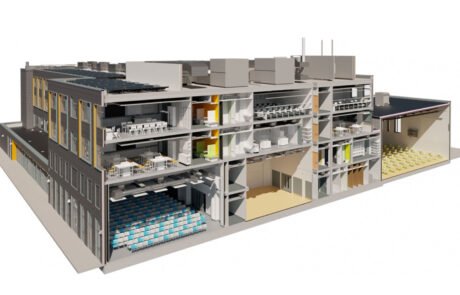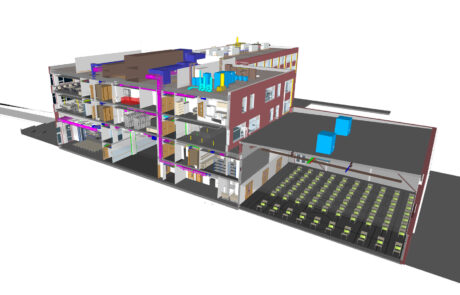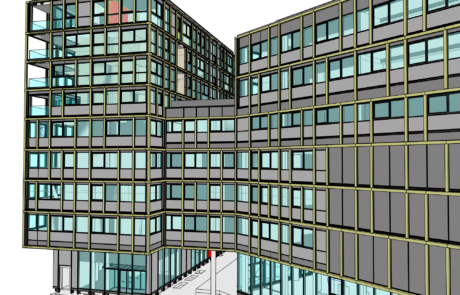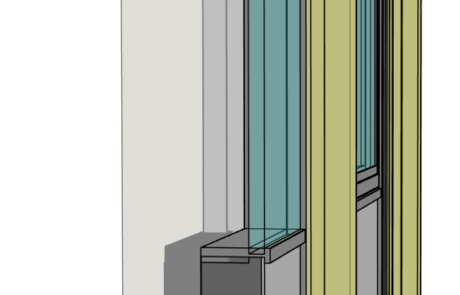The BIM method is at the heart of the most significant digital revolution in the Architecture, Engineering & Construction (AEC) industry.
BIM, which stands for Building Information Modeling, refers to an advanced digital information system that integrates the three-dimensional (3D) model of the building with a comprehensive range of physical, performance, and functional data.
The true strength of the BIM method lies in its ability to generate a dynamic, interdisciplinary, and shared informational model. This model supports the entire lifecycle of the project – from design to construction, through maintenance, and up to demolition and decommissioning. It serves as the Digital Twin of the physical structure, acting as a crucial reference for all stages of the construction process.
The key benefits of adopting the BIM method include:
- Faster and more efficient processes, thanks to standardization and interoperability.
- Increased productivity and faster project delivery.
- Detection and resolution of design clashes during the preliminary stages, thus avoiding typical on-site issues associated with traditional methods and reducing rework costs.
- Enhanced time management, ensuring more accurate scheduling.
- Optimized cost control throughout the project lifecycle.
- Reduced environmental impact, achieved through more sustainable design practices.
- Compliance with current regulations and full support for implementing the BIM Asset Life Cycle in public procurement projects.
The BIM method, therefore, establishes itself as an essential tool for innovation and efficiency in the design and management of construction projects.










